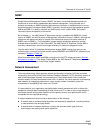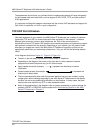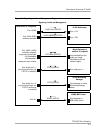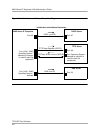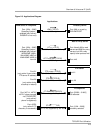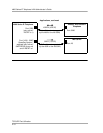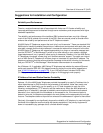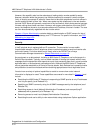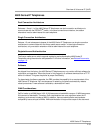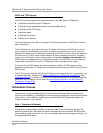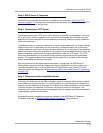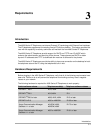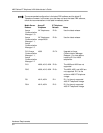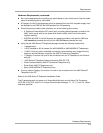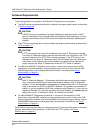
Overview of Voice over IP (VoIP)
4600 Series IP Telephones
2-13
4600 Series IP Telephones 2
Dual Connection Architecture 2
Releases 1.0 and 1.1 of the 4600 Series IP Telephones use dual connection architecture to
communicate with the DEFINITY
®
switch. In the dual connection architecture, two station
extensions must be administered for each telephone.
Single Connection Architecture 2
Release 1.5 and subsequent releases of the 4600 Series IP Telephones use single connection
architecture to communicate with the Avaya media server switch. In the single connection
architecture, only one station extension must be administered for each telephone.
Registration and Authentication 2
The Avaya media server switch supports registering and authenticating 4600 Series IP
Telephones using the extension and password. For further information, see Related Documents,
on page 1-6.
Software 2
As shipped from the factory, the 4600 Series IP Telephones may not contain sufficient software for
registration and operation. When the phone is first plugged in, a software download from a TFTP
server is initiated. This gives the phone its proper functionality.
For downloads of software upgrades, the PBX provides the capability for a remote restart of the
4600 Series IP Telephone. As a consequence of restarting, the phone automatically restarts
reboot procedures. If new software is available, a download will result.
WAN Considerations 2
QoS is harder on a WAN than a LAN. A LAN assumes no bandwidth concerns. A WAN assumes a
finite amount of bandwidth. Therefore, QoS considerations are more significant when the IP
telephony environment includes a WAN. In addition, there are administrative and hardware
compatibility issues unique to WANs. WAN administration is beyond the scope of this document.



